What light SUV should you buy in 2024?
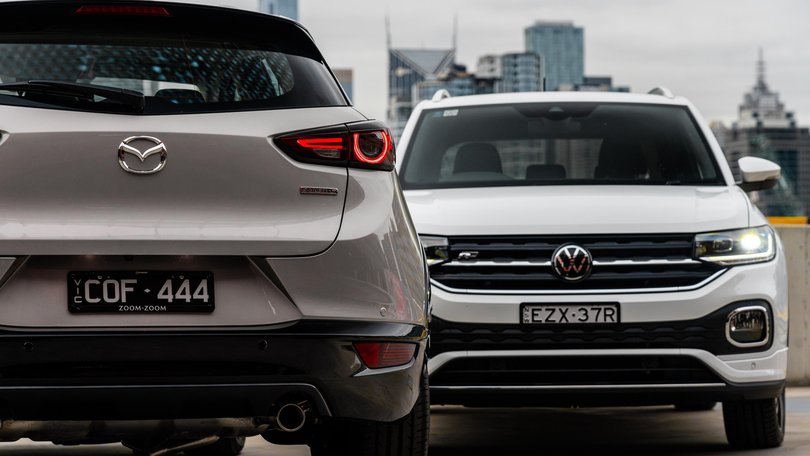
Just what the heck is a “light SUV” anyway?
The Federal Chamber of Automotive Industries (FCAI), in its VFACTS monthly sales reports, assigns every car on sale in Australia to a segment. That includes small cars (Toyota Corolla), large SUVs (Isuzu MU-X), and many, many more.
The small SUV category was getting mighty large, so in 2020 the FCAI split it in twain, with the smallest of small SUVs rechristened as light SUVs.
Sign up to The Nightly's newsletters.
Get the first look at the digital newspaper, curated daily stories and breaking headlines delivered to your inbox.
By continuing you agree to our Terms and Privacy Policy.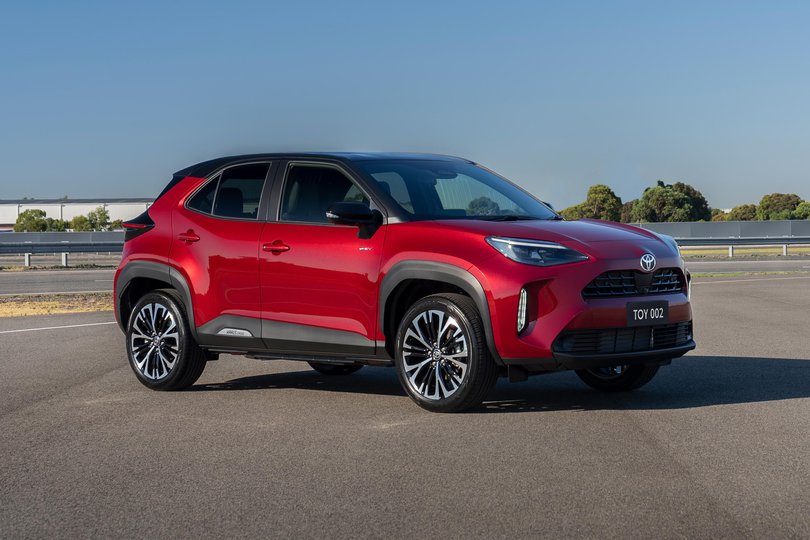

In 2023, the light SUV segment had less than half the number of models as the small SUV segment, which overall outsold it by almost three-to-one.
There are just 10 vehicles categorised as light SUVs, which we’ve listed below. Which one should you buy?
- Ford Puma
- Hyundai Venue
- Kia Stonic
- Mazda CX-3
- Nissan Juke
- Renault Captur
- Suzuki Ignis
- Suzuki Jimny
- Toyota Yaris Cross
- Volkswagen T-Cross
Alborz Fallah: Suzuki Jimny
There are a few decent options in this segment – you can’t go wrong with the CX-3, Stonic or Juke – but if I can just pick one using my heart rather than my head, you really can’t go past the Suzuki Jimny.
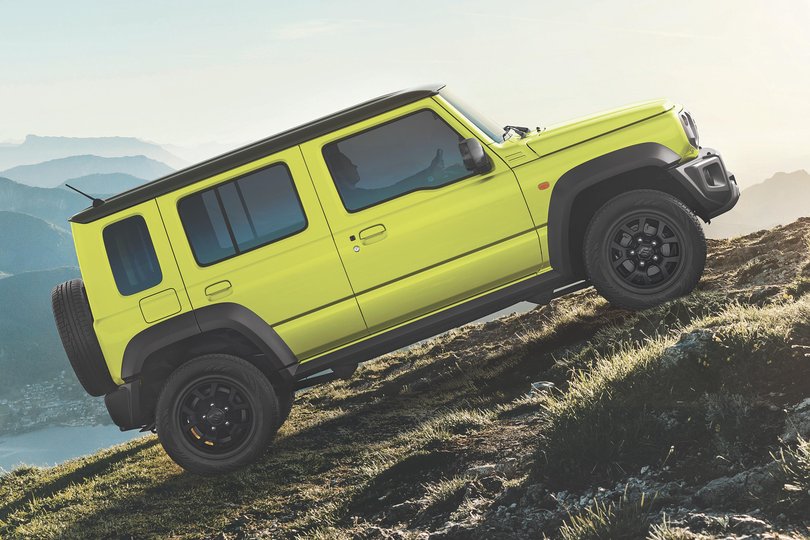
It’s slow, cumbersome and the technology inside feels very 2000s, but it’s the best-looking car with heaps of character and it can also take you many places the others can’t.
Now that stock levels have normalised, there’s a five-door version and some deals are to be had, there has never been a better time to buy a Suzuki.
Scott Collie: Volkswagen T-Cross
Although the Renault Captur punches well above its weight, I would spend my hard-earned on a Volkswagen T-Cross.
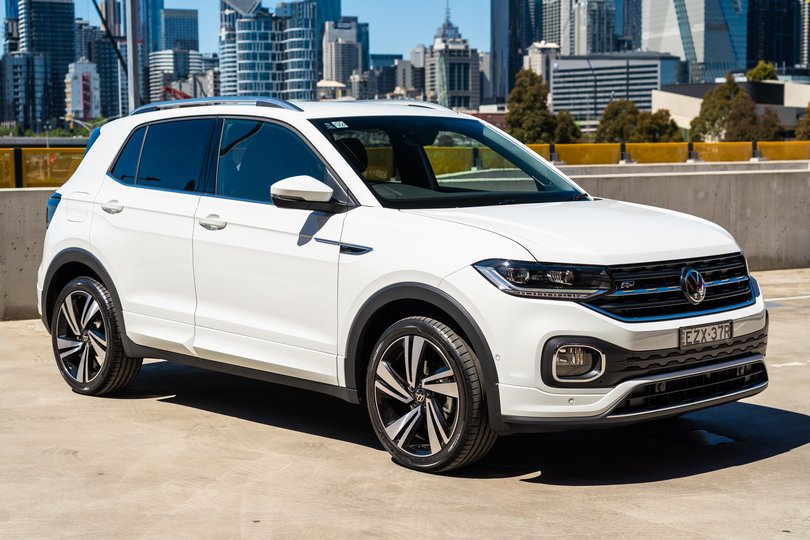
It’s the most grown-up of all the light SUVs on this list, with a spacious interior and impressive dynamics on the highway. It’s also efficient in town, and looks pretty sharp to my eyes.
It might be worth waiting for the updated version to hit Australia though, given it’s due Down Under in the third quarter of 2024 with an updated interior and sharper looks.
Jordan Mulach: Mazda CX-3
While fleet sales are likely the driving force behind its position as the segment leader, the Mazda CX-3 continues to be a strong proposition.
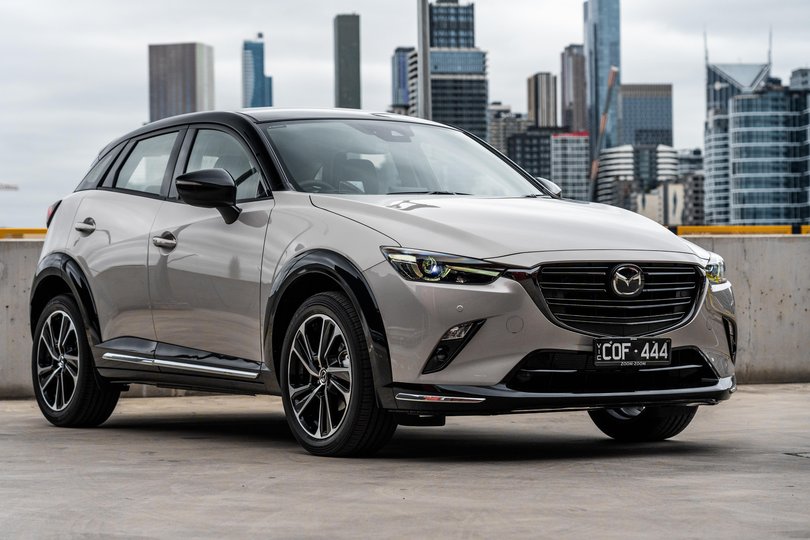
However, I’d be waiting for the yet-to-be-confirmed for Australia facelift recently unveiled for Japan, given it scores a larger infotainment screen without the fussy MZD Connect system of years gone by.
It’s a shame the CX-30 doesn’t drop into this segment, but that would result in an even stronger class of rivals.
Josh Nevett: Nissan Juke
It’s not the biggest seller, and definitely showing signs of age towards the end of its life cycle, but there’s still an argument to be made for the Nissan Juke.
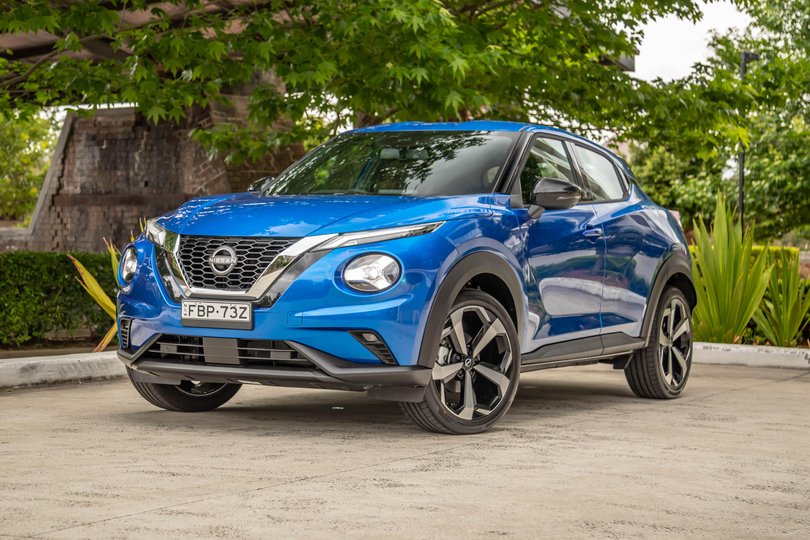
The Juke is an excellent all-rounder with the best boot space in the segment and solid fuel economy figures. It’s also affordable, and ranks highly for towing capacity… if that’s the kind of thing you do with your light SUV.
From my perspective, it’s also still fun to look at, which can’t be said for all the cars in this category.
Jack Quick: Suzuki Jimny
I want to flag right away this vehicle definitely isn’t for everyone, but I’d choose to buy the Suzuki Jimny because I own one myself.
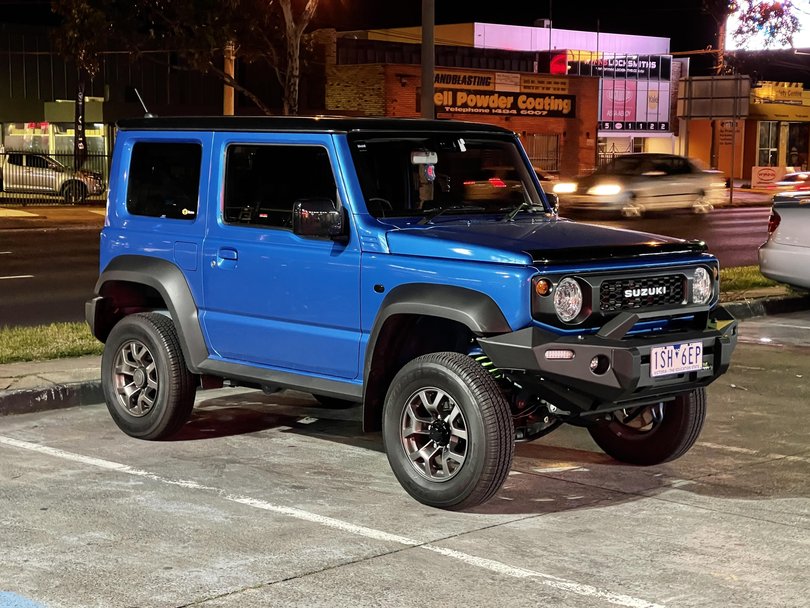
This boxy off-roader certainly has its quirks that include but are not limited to the anaemic engine, vague steering, and poor aerodynamics. The interior finishes leave a lot to be desired as well.
Despite all this the Jimny truly excels off the beaten path. I haven’t experienced any current new car that’s so capable off-road at this price point. Sure there’s the GWM Tank 300 but it’s considerably more expensive and nowhere near as nimble.
The Jimny is also surprisingly fun to drive around in the city. There are definitely better cars to drive in the city but its pint-sized proportions make it super easy to park.
I’d personally opt for the regular three-door Jimny as the added weight in the Jimny XL, which I’m yet to drive, surely slows it down even more. The five-speed manual is also the transmission to go for as the automatic only has four ratios.
WILLIAM STOPFORD: FORD PUMA
My choice? Easy: the Ford Puma.
I was mighty steamed when Ford Australia announced it was axing its light SUV.

I really enjoy the Puma, and it’s one of the few small SUVs in this segment I could actually see myself owning.
I even recommended one to family members, and so now I get to see one regularly… and its charm hasn’t dimmed.
A small SUV with a dual-clutch transmission that I would actually put in my garage? Yep, you read that right. I still have fond memories of one enjoyable blast along Mount Glorious Road in a Puma a few years back.
There’s nothing bad in this segment, but anything else is a distant second for me.
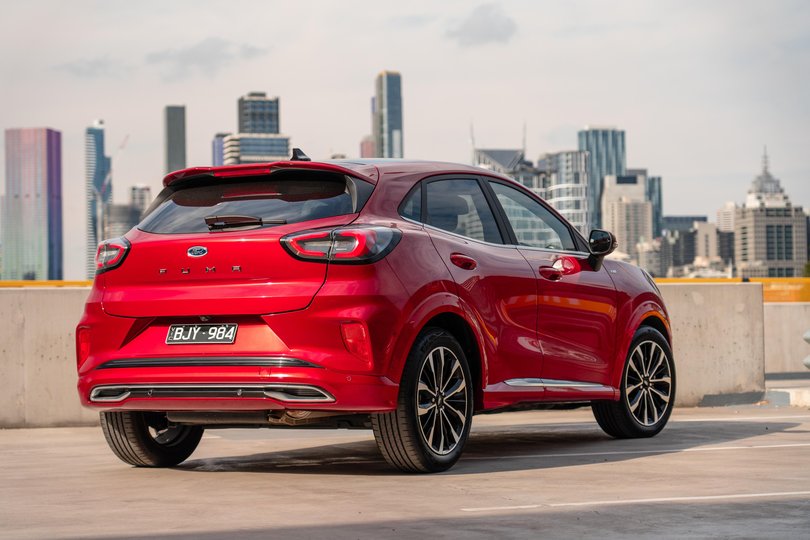
The Nissan Juke, for example, is smartly packaged, distinctively styled and handles well, but its powertrain needs serious work.
The related Renault Captur is Euro-chic, but it could use some finessing as well, while I’m keen to see how much better the Volkswagen T-Cross’ interior will be post-update as the current cabin feels very drab.
The Suzuki Ignis, Hyundai Venue, Kia Stonic and Toyota Yaris Cross also feel a bit too basic for me, while the Mazda CX-3 is showing its age and the Suzuki Jimny is too compromised for me as I’d be unlikely to take regular advantage of its off-road abilities.
JAMES WONG: FORD PUMA
Yes it’s being discontinued, which is why you should get one before it’s gone.
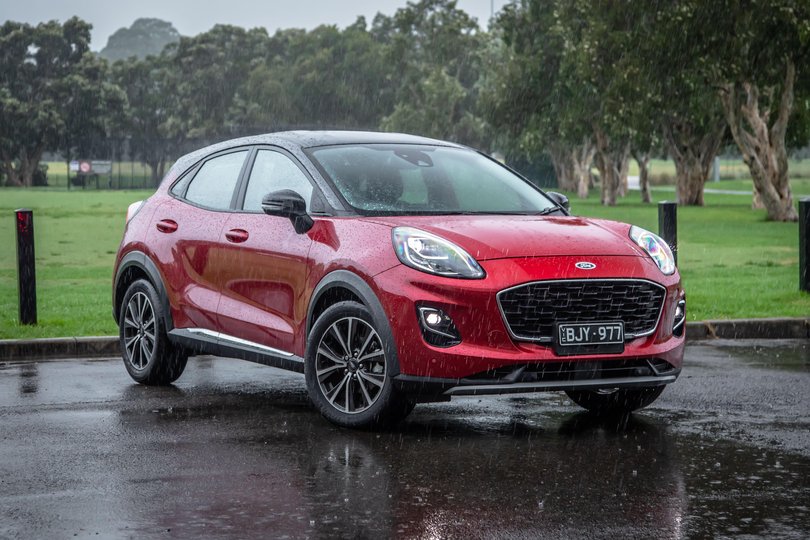
The Ford Puma is a star of the light category, offering fun and engaging dynamics mixed in with turbocharged performance.
It’s also pretty attainable, and it’s arguably better value at the lower end of the range than it is at the top, whereas a lot of rivals require spending up to get the best bits.
Once stocks of the pre-facelift model run out that’ll be it until the all-electric Puma Gen-E arrives, as Ford Australia has opted to not take facelifted versions with combustion engines.
It’s a crying shame, because this little European-made crossover was a diamond in the rough. Get one while you can.
Originally published as What light SUV should you buy in 2024?
